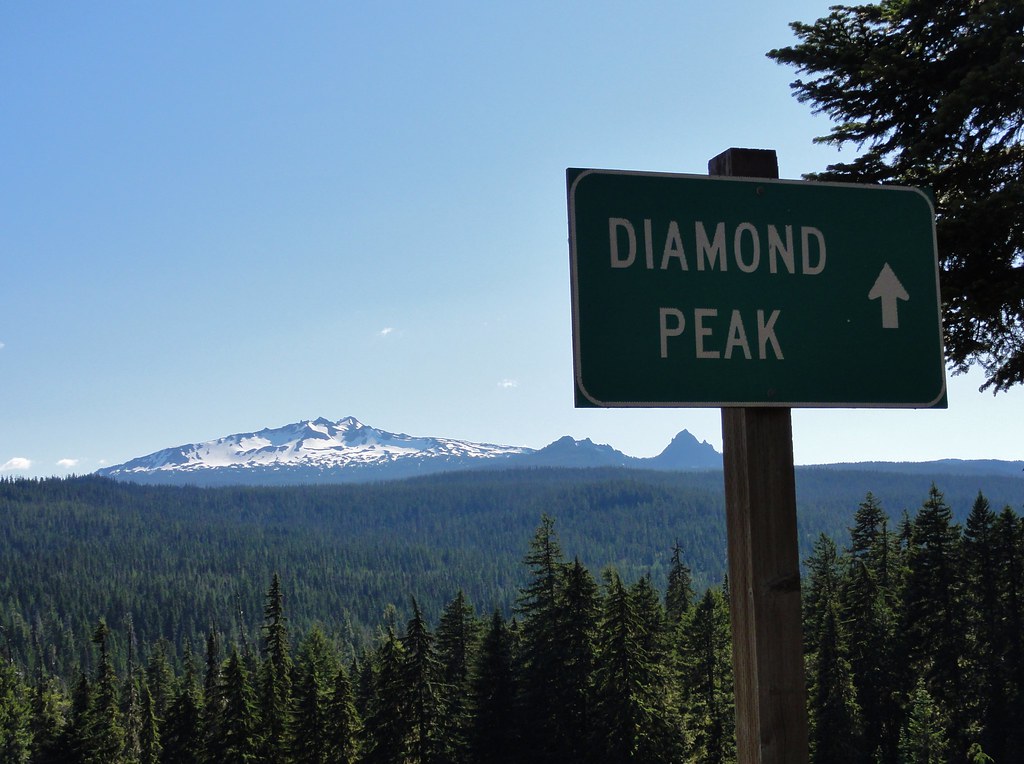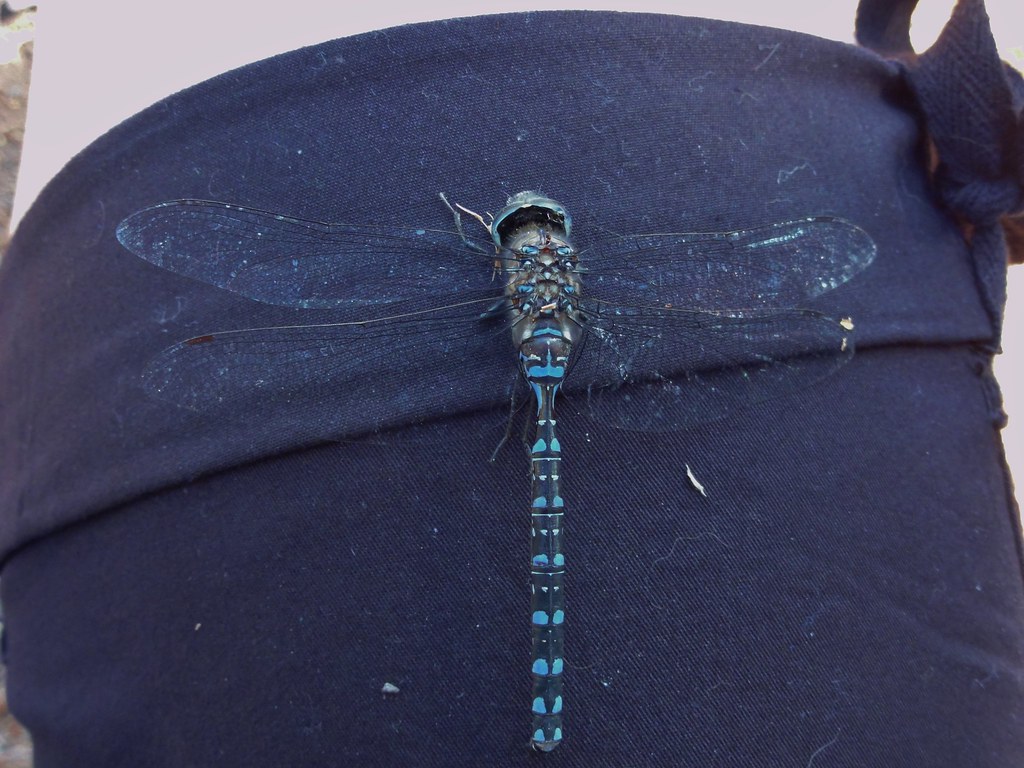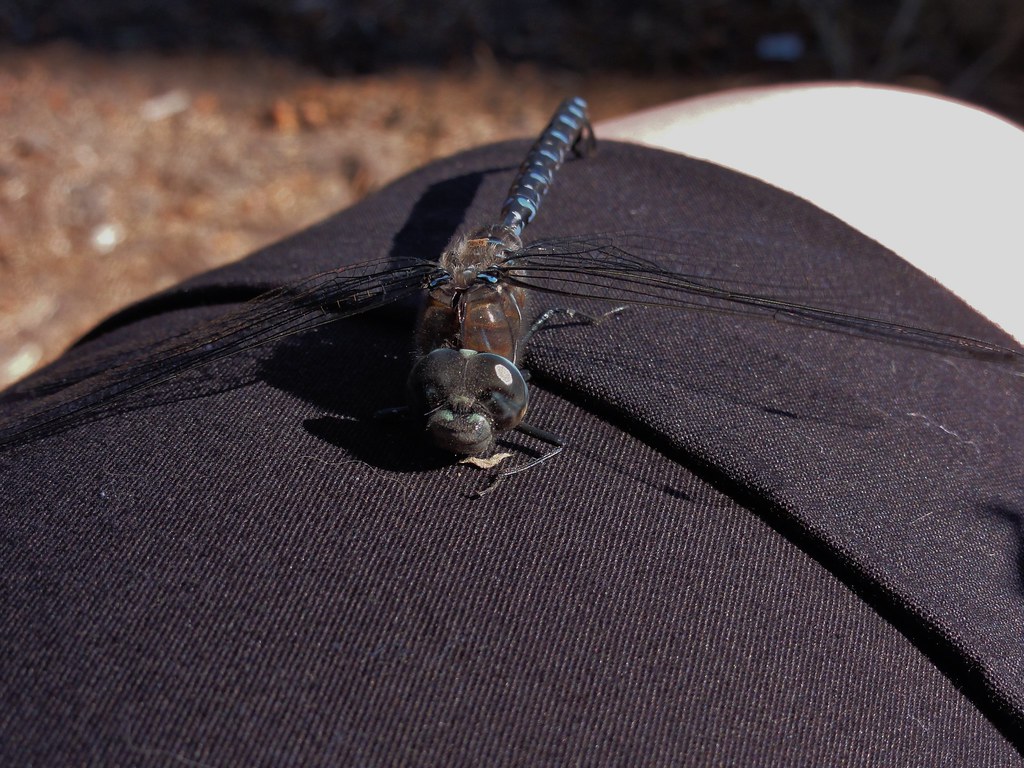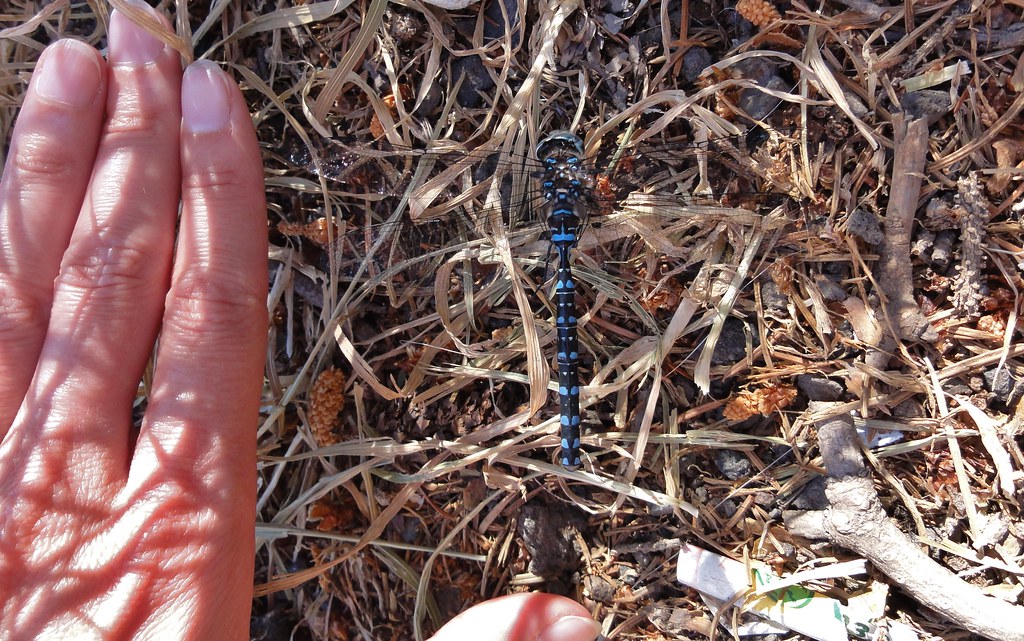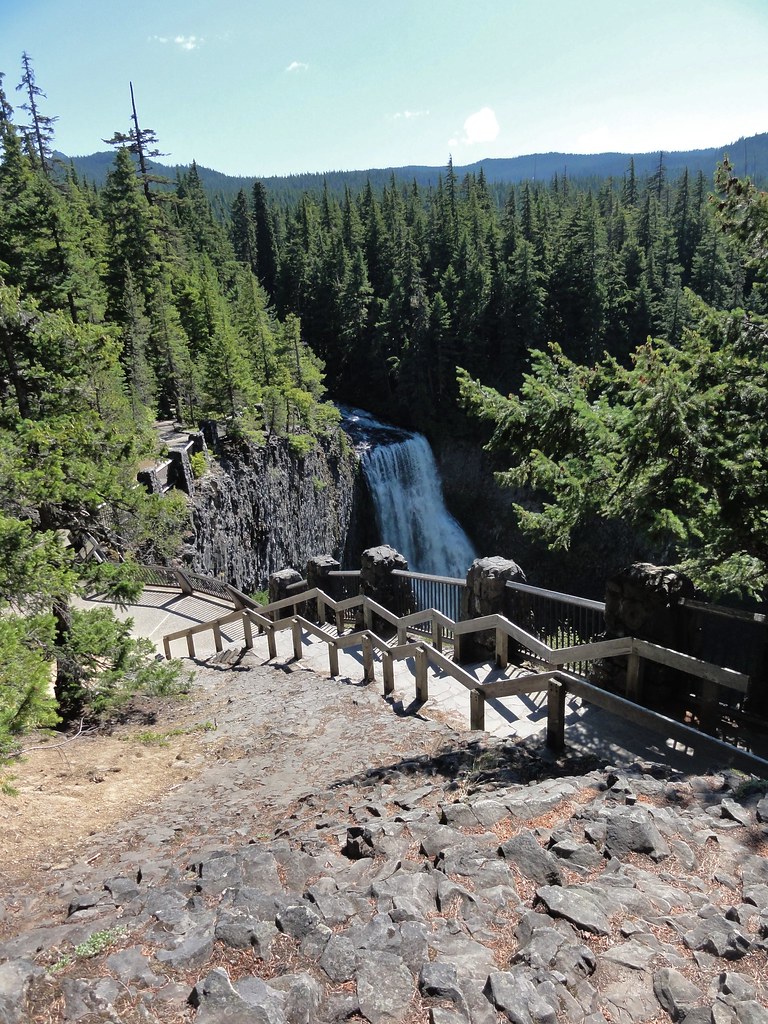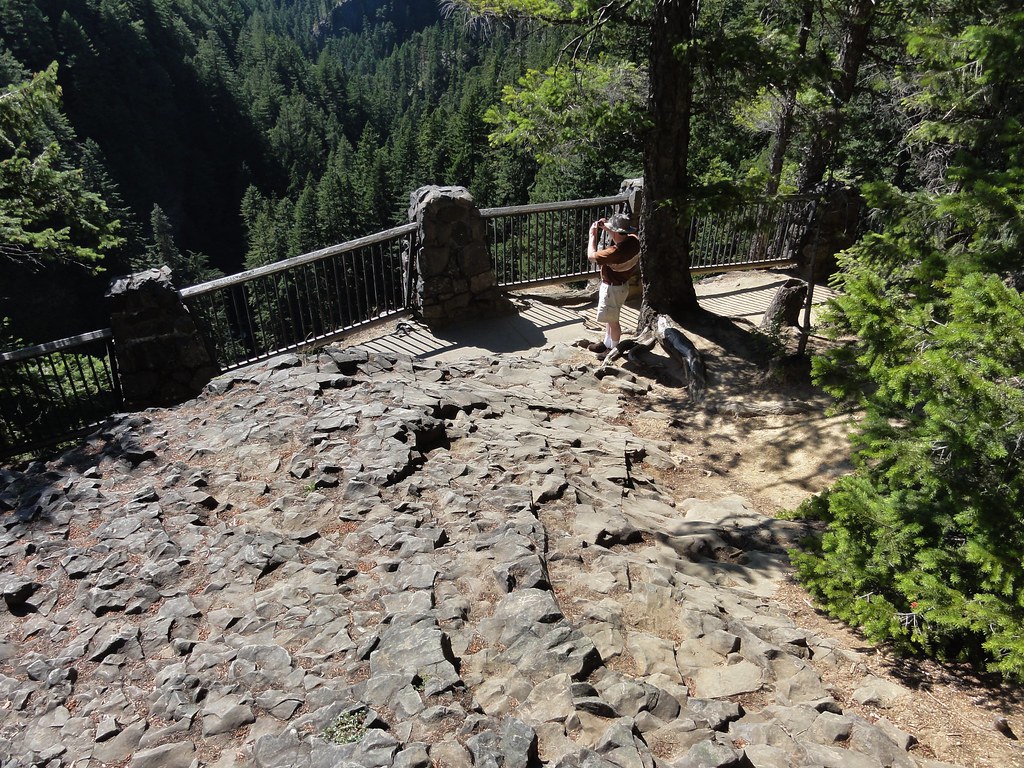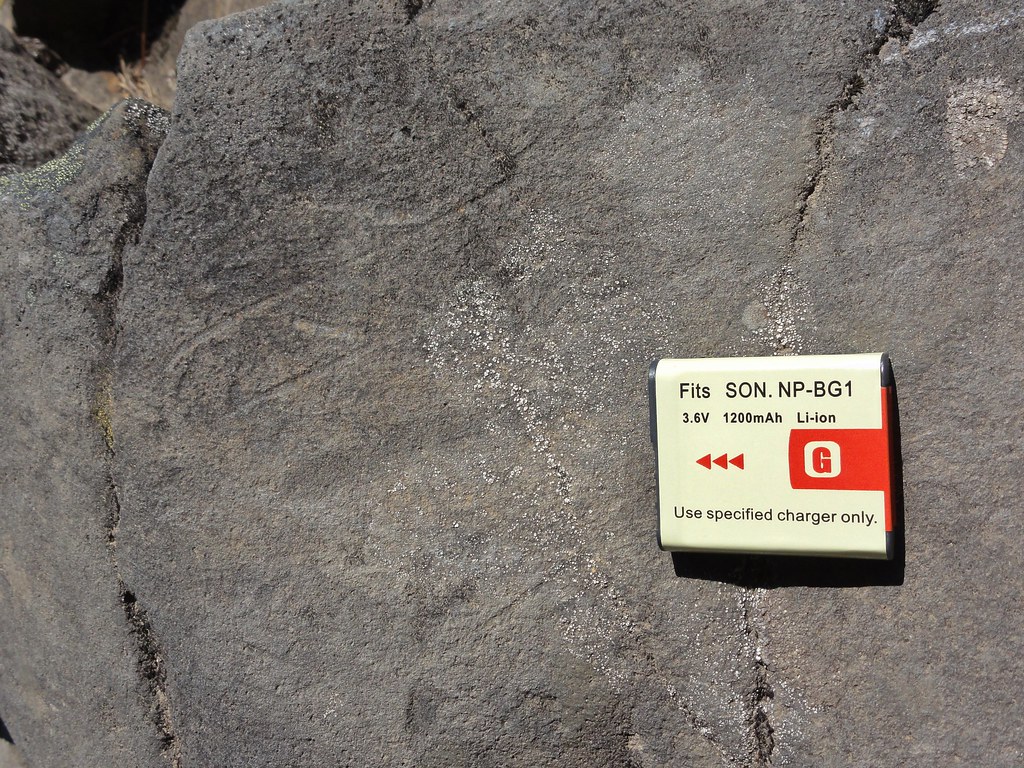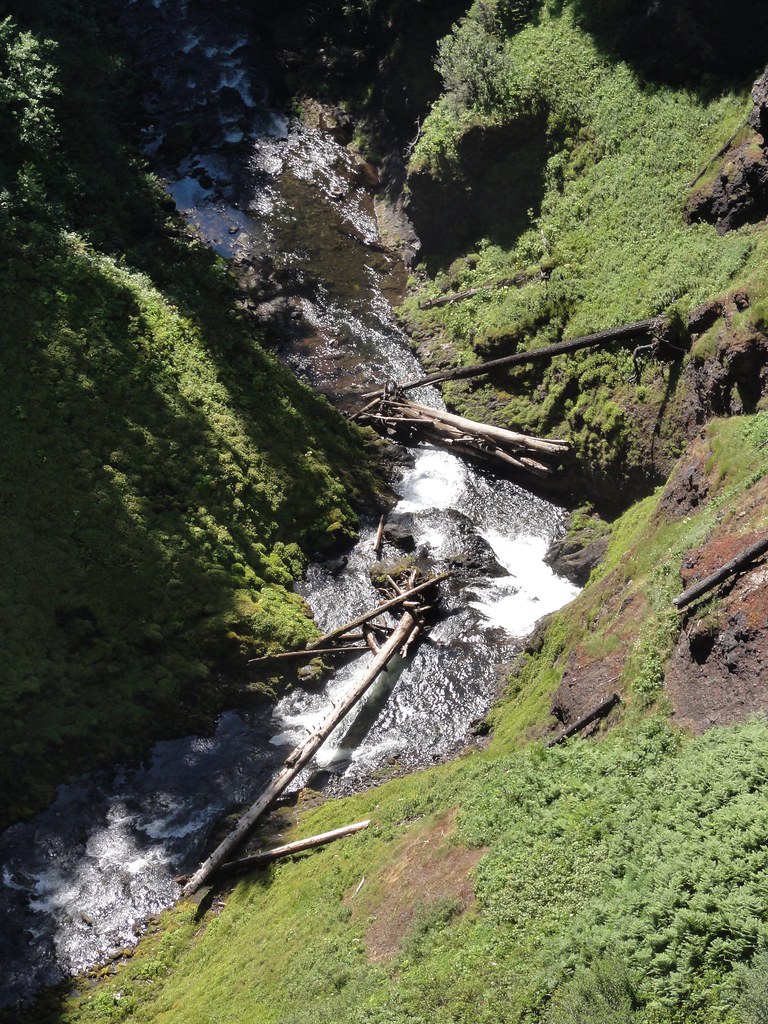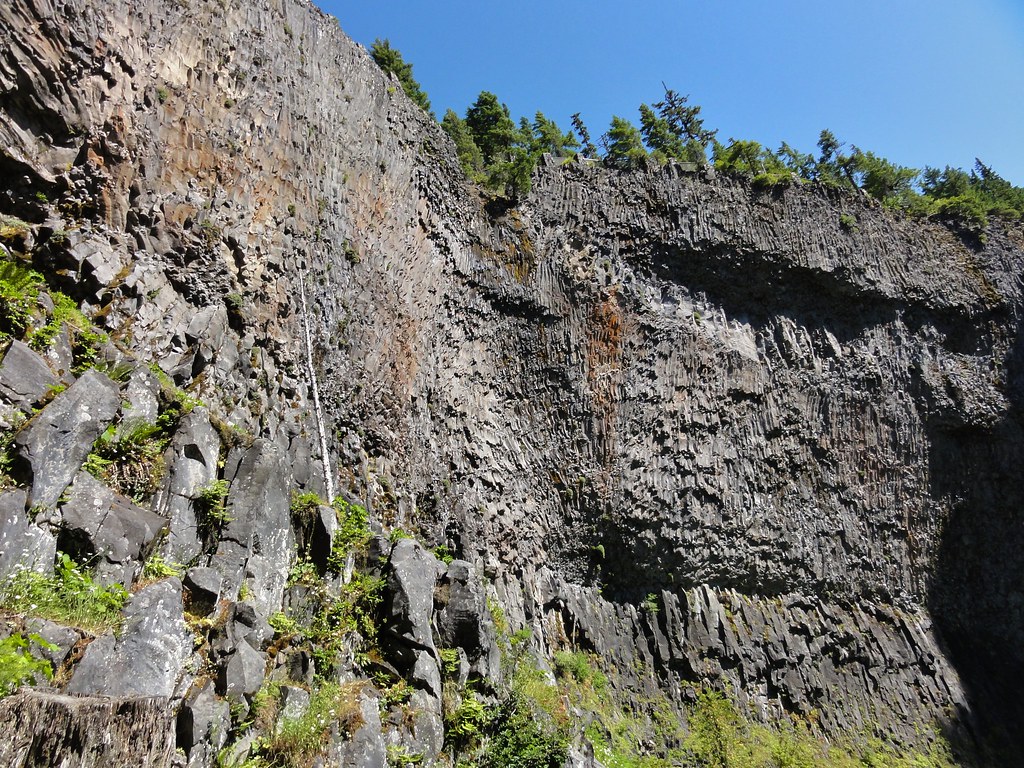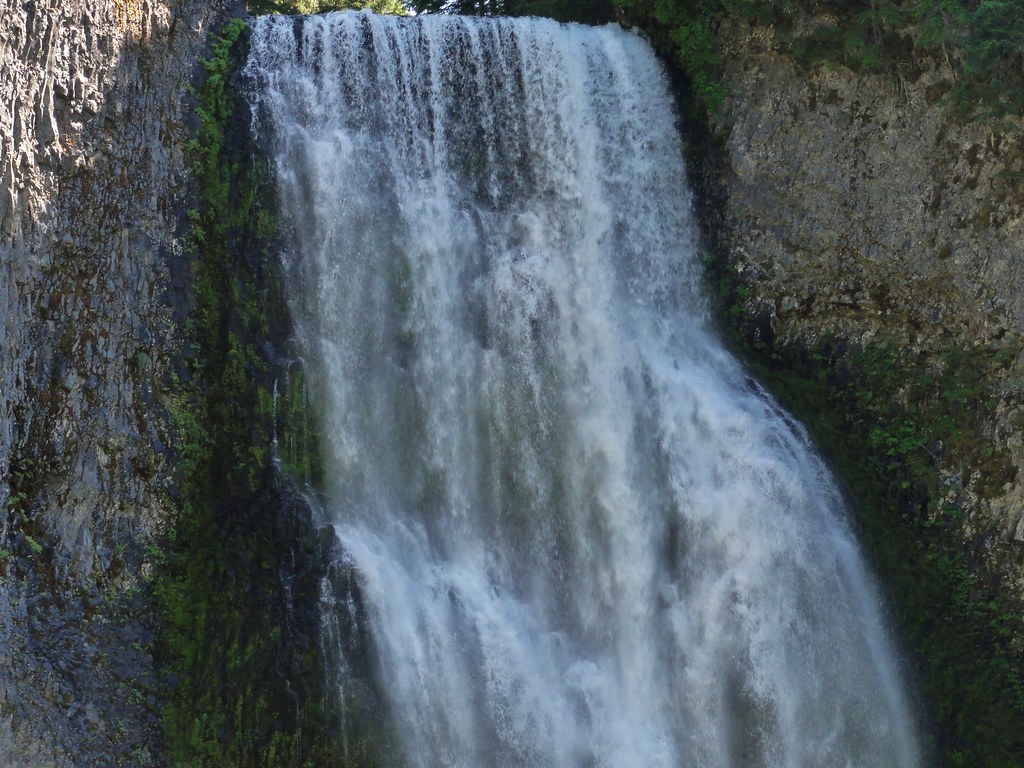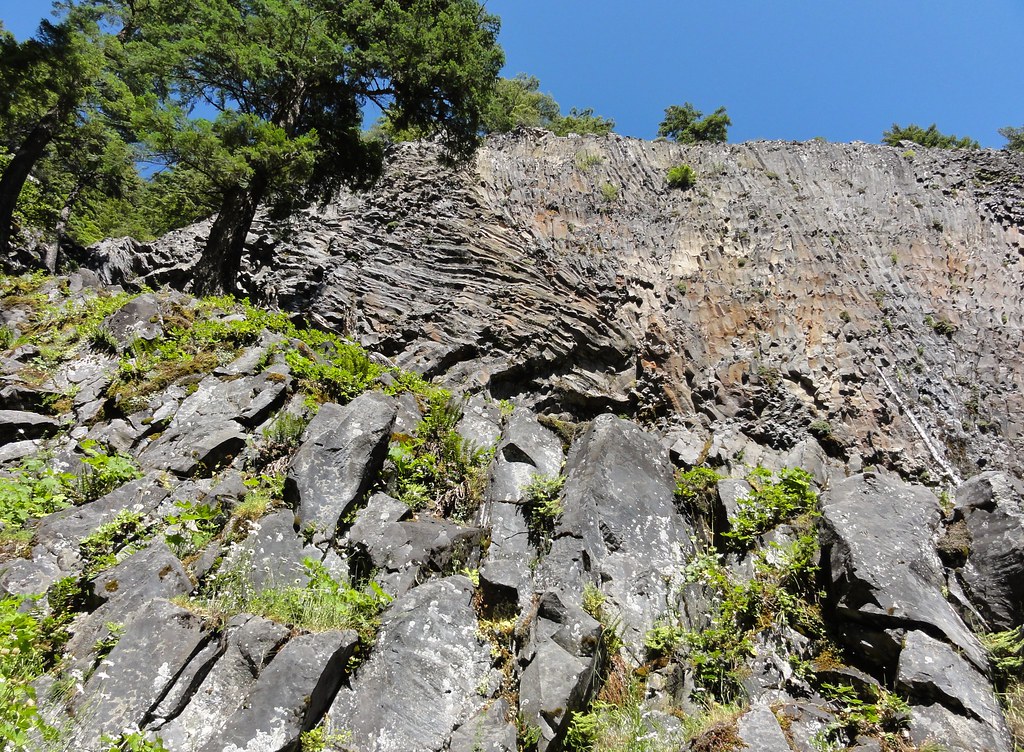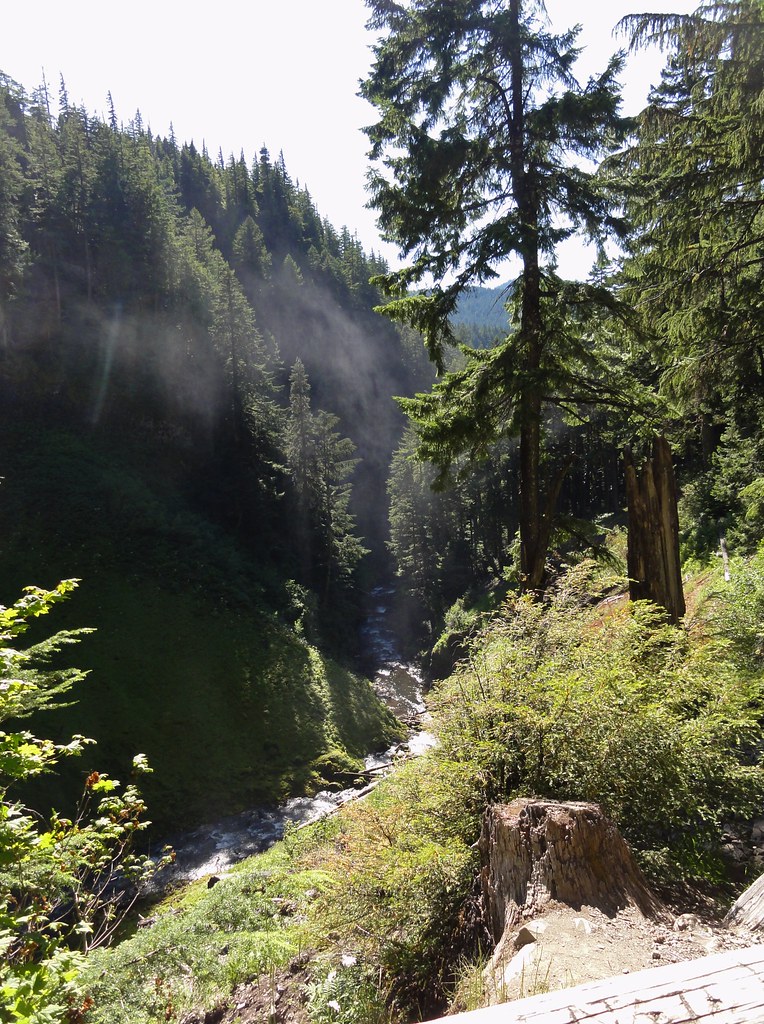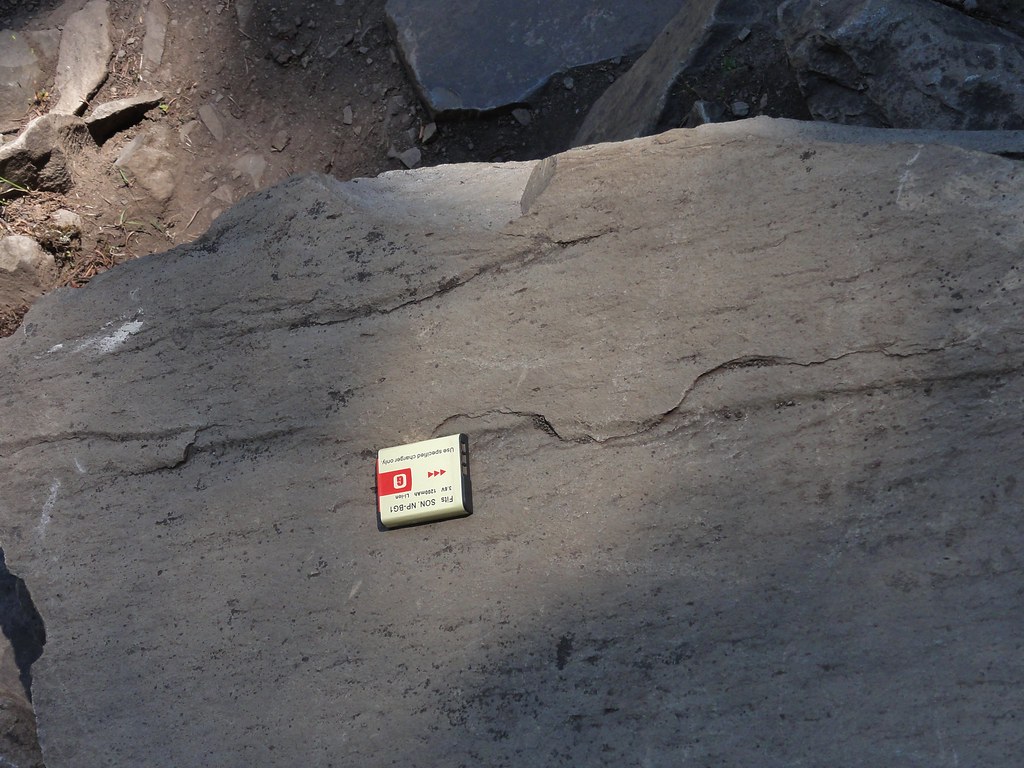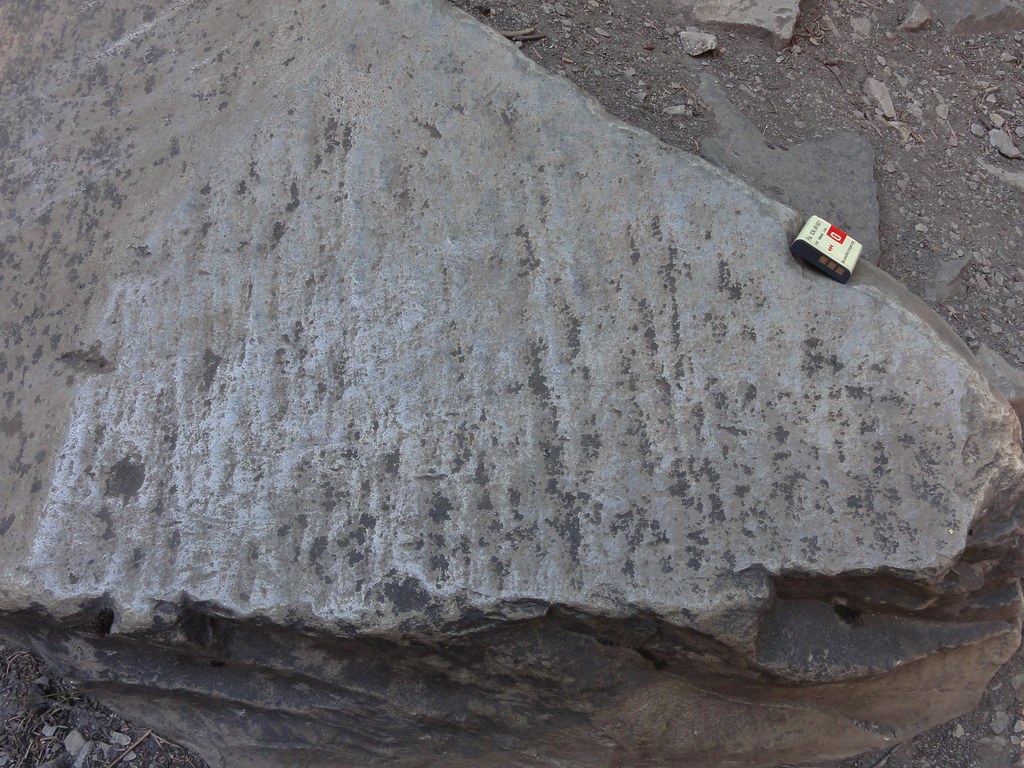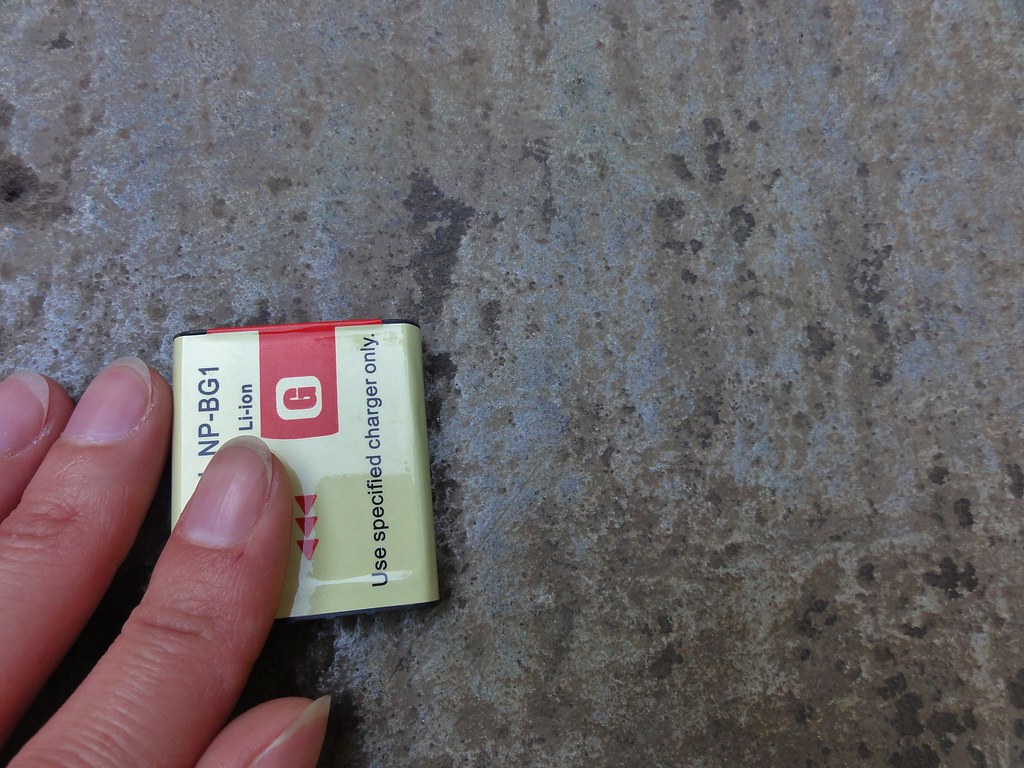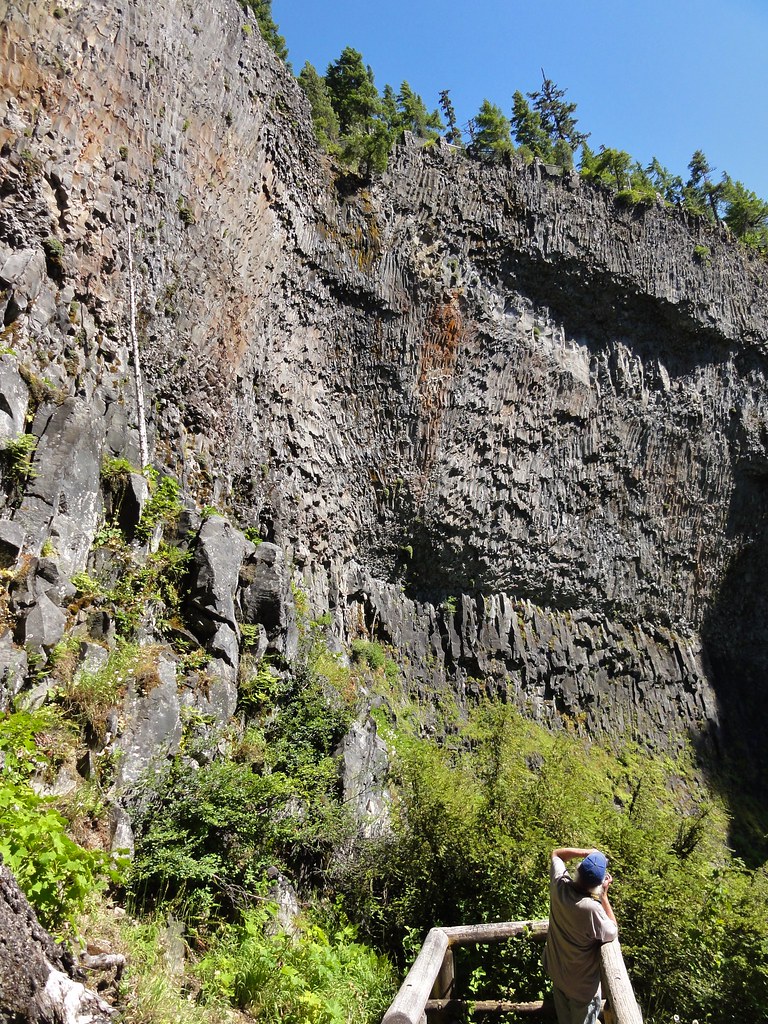I have this weird respect for copyright, so I didn’t want to embed this, but you really have to see it. Then come back and we’ll talk about it.
Yeah, that’s some kind of delicious, isn’t it just? More where that came from, at David Rankin’s website. So many sights there that reminded me of the not-so-halcyon days when I lived in Page. The only thing good about Page was the scenery. No complaints there, my friends – it’s truly dramatic. And David managed to capture an extra dollop of drama there. Fantastic.
I thought I recognized that old local icon, the Navajo Generating Station, but I wrote to him about it just to be sure. He advised, “The photo was taken with a telephoto lens from southern Utah just across the UT/AZ border looking at the Navajo Generating Station and LeChee Rock.” Four years I lived there, and I never knew that was LeChee Rock. We callow kids didn’t know the names of most of the mesas. We just kind of pointed at them and said “That one” when discussing them. I think the only reason we knew Page is built on Manson Mesa is because, hey, it’s Manson.
I used to go out at night up to the place on the edge of the mesa where it was rumored a whole settlement had blown sky-high one Halloween night back in the ’50s, and I’d stand there looking beyond the barely-lit airstrip out to the Navajo Generating Station. You wouldn’t normally think of a coal-fired plant as beautiful, but it was. Standing out there alone in the bare desert, the only light beyond Page for miles aside from the moon and stars, it looked like a ship in a sandy sea, sailing serenely among rocky icebergs. I mean, seriously. Go look at it again. Take your eyes off the lightning and really look at the plant. Doesn’t that look just like a grand old steamship, floating out there against the mesas? David captured it just as I remember it. Only he managed to capture so much more: the stark, dark cliffs standing against storm-torn skies.
This is what I was talking about when I told you about slickrock. Those mesas rose up from the desert floor, stark and still. The storms rolling in over them are bloody amazing to watch. Only you’ll want to do it from high ground. David’s shot what I’m talking about. It may not even be raining within a hundred miles of where you are, but suddenly, a sound, a roar, and water, swift and deep and treacherous. You can’t outrun it, and if you’re in a slot canyon, you can’t out-climb it, either. People have died because they didn’t understand this about the desert: even here, you can drown.
But to stand in a high place, to watch the lightning strike and the rain arrow down, to hear the wind roar through the barren rock – that you won’t trade for anything. To see the storm-light on the red rock, watch colors and hues change, dappled over ten or fifty or a hundred miles around you, painting an already painted desert – that’s a vision that will imprint itself indelibly. It stays.
I want to go back. I want to sit in the high places, and watch the sun explore ancient rocks. I want to hear a silence so profound it’s like a physical force. I want to lie back against that smooth, bare slickrock and stare into an endless sky. And I want to see the storms again, smell a petrichor so intense it tangles up and overwhelms the more prosaic scent of sand, feel that shock of chill air from a thunderstorm that washes over the skin like a mist and leaves you with goosebumps in a hundred degrees. I love and miss those things.
I’m glad I have such images to remind me.


